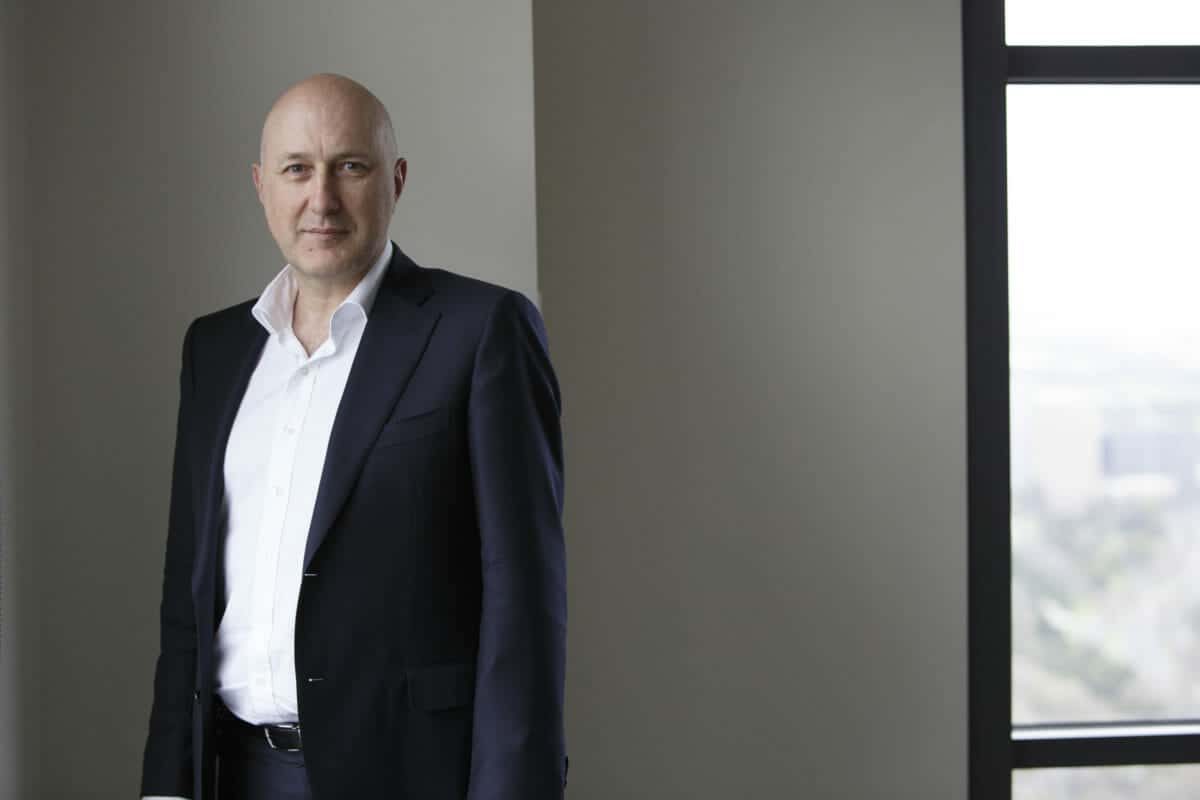Only two months into the job and presenting to the board for only the second time, CalPERS new chief investment officer Stephen Gilmore has outlined his plans to overhaul talent and culture in the investment office, putting people and their development at the heart of his leadership.
Gilmore, who has taken the reins of the $502 billion portfolio following Nicole Musicco’s abrupt decision to leave this time last year after less than 18 months, said his focus on talent development is rooted in his belief that getting “the people, processes and portfolio right,” will ultimately support a strong performance.
Signs of change are manifest in an internal initiative called the Culture Club, set up seven months ago but enthusiastically embraced by Gilmore. It is focused on nurturing fresh values in the investment team around engagement, developing talent and sharing ideas across the office to create an atmosphere that allows innovation to flourish and breaks down silos to share skills and knowledge.
New talent has already arrived into the investment team witnessed in the presence of Stanford fellows linked to a partnership created by Ashby Monk, senior research engineer in the School of Engineering at Stanford University and executive and research director of the Stanford Research Initiative on Long-Term Investing set up three months ago. Elsewhere, the investment office now hosts a rebooted internship program and formalised mentoring program.
New arrivals joining the investment office can look forward to a more formal and improved onboarding process; their suggestions being welcomed, and everyone being given the education, development and opportunity to further their careers. Above all, Gilmore seeks to oversee an investment team where everyone knows what each other is working on – and an office that is known and celebrated throughout the wider organisation.
Gilmore said that talent didn’t only manifest in formal qualifications among the investment staff. He aims to build a team that has a breadth of skills and perspectives, better equipped to solve today’s complex problems. Yes, gaps in the team would be filled by external training, but on-the-job learning and recognising the aspirations of team members to fill those gaps will also come to the fore.
And talent development will go beyond a focus in finance and economics to value other skills too.
As well as cutting the number of weekly investment team meetings, Gilmore has slashed the number of strategic initiatives from nine to four. The smaller number of initiatives – still based on innovation and resiliency themes – are now run by a tag team of individuals who will be able to work together to get results.
The four initiatives that have dropped away, including private market innovation and private debt strategies, have been integrated into the standard operating processes of the investment office.
Drawing on his vast experience at the Future Fund and New Zealand Super. Gilmore said the investment office will be run in accordance with four key themes: people, process, portfolio and performance. Overhauling talent and culture (people) will be followed by new processes around how CalPERS integrates data and technology to support efficiency and reduce risk; portfolio resilience and sustainability, and how to better measure performance of the dollar value add of the portfolio and any improvement in the funded status.
Over the next 18 months, Gilmore will spend much of his time coming to understand the liabilities and assets in a deep dive ALM study.
“We have to have to design portfolio that [can] reduce the unfunded gap as we go forward,” he said.
He added that CalPERS has invested less in data and technology compared to peers, and new IT systems will enable the team to conduct more analysis, increase efficiency, reduce risk and innovate. His priority will be taking user-focused technology off the shelf rather than introducing bespoke processes.
Gilmore wants to enable CalPERS’ investment team to draw more on their vast internal knowledge.
“We touch so many parts of the economy and market, we should be able to collect that information to help us invest,” he said.
He also wants to improve stakeholder engagement. A unit within the investment office is now charged with engaging with stakeholders in a new formalised process. When a member of the public comes before the board with a big issue, the investment team have a process to engage and track stakeholder reactions.
This article was edited on October 4 to correct the date of CalPERS’ partnership with the Stanford Research Initiative on Long-Term Investing, the establishment of the Culture Club internal initiative and the fact Stephen Gilmore’s comments were made in a presentation to the board.



